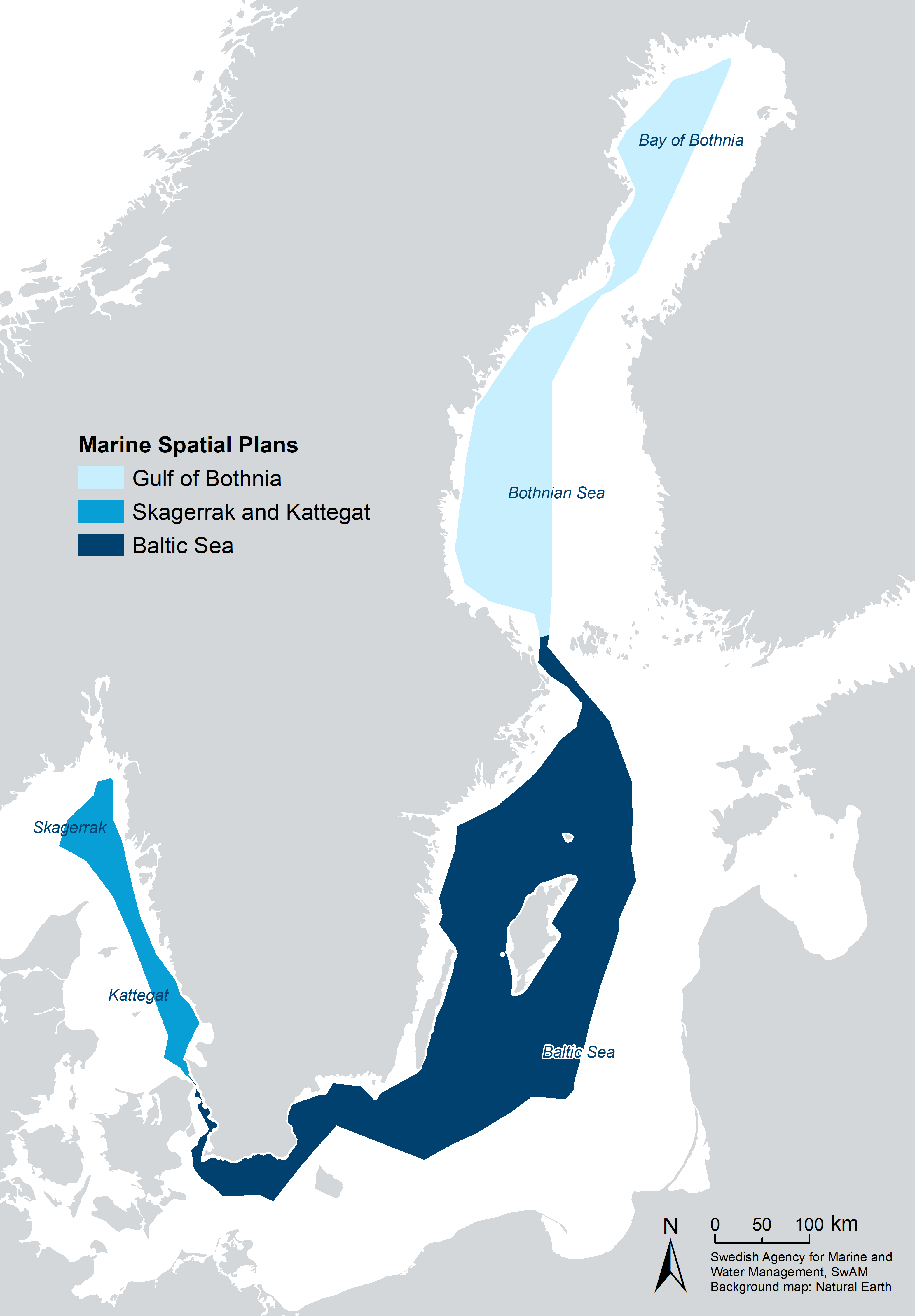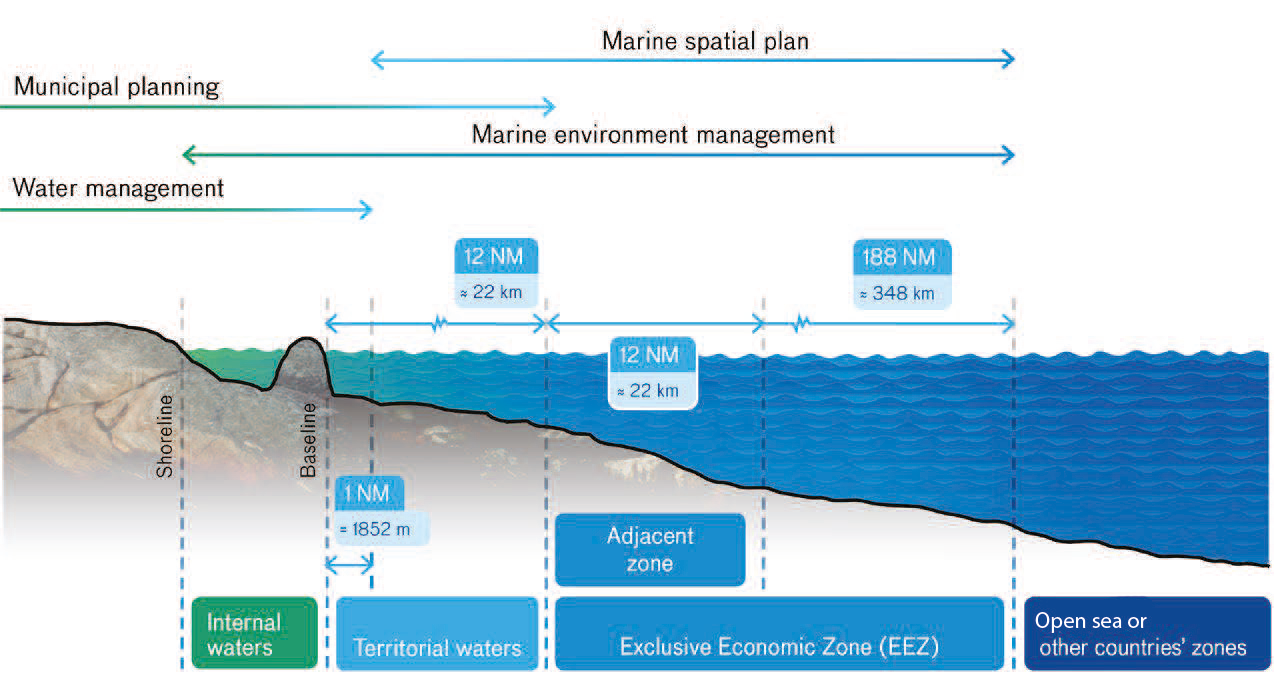The Swedish Agency for Marine and Water Management is responsible for drafting plan proposals. The Government adopts the plans and may also issue regulations on such prohibitions or restrictions on activities and measures in an area covered by a marine spatial plan as needed to achieve the purpose of the plan.
According to the Planning and Building Act (2010:900), municipalities and certain regions have planning responsibility for Sweden’s territory, which also includes internal water and territorial seas. This means that there is an overlap between national marine spatial planning and planning in accordance with the Planning and Building Act in part of the territorial sea.
The sea and its use are managed through various types of regulations and measures where marine spatial planning is one of several tools .


